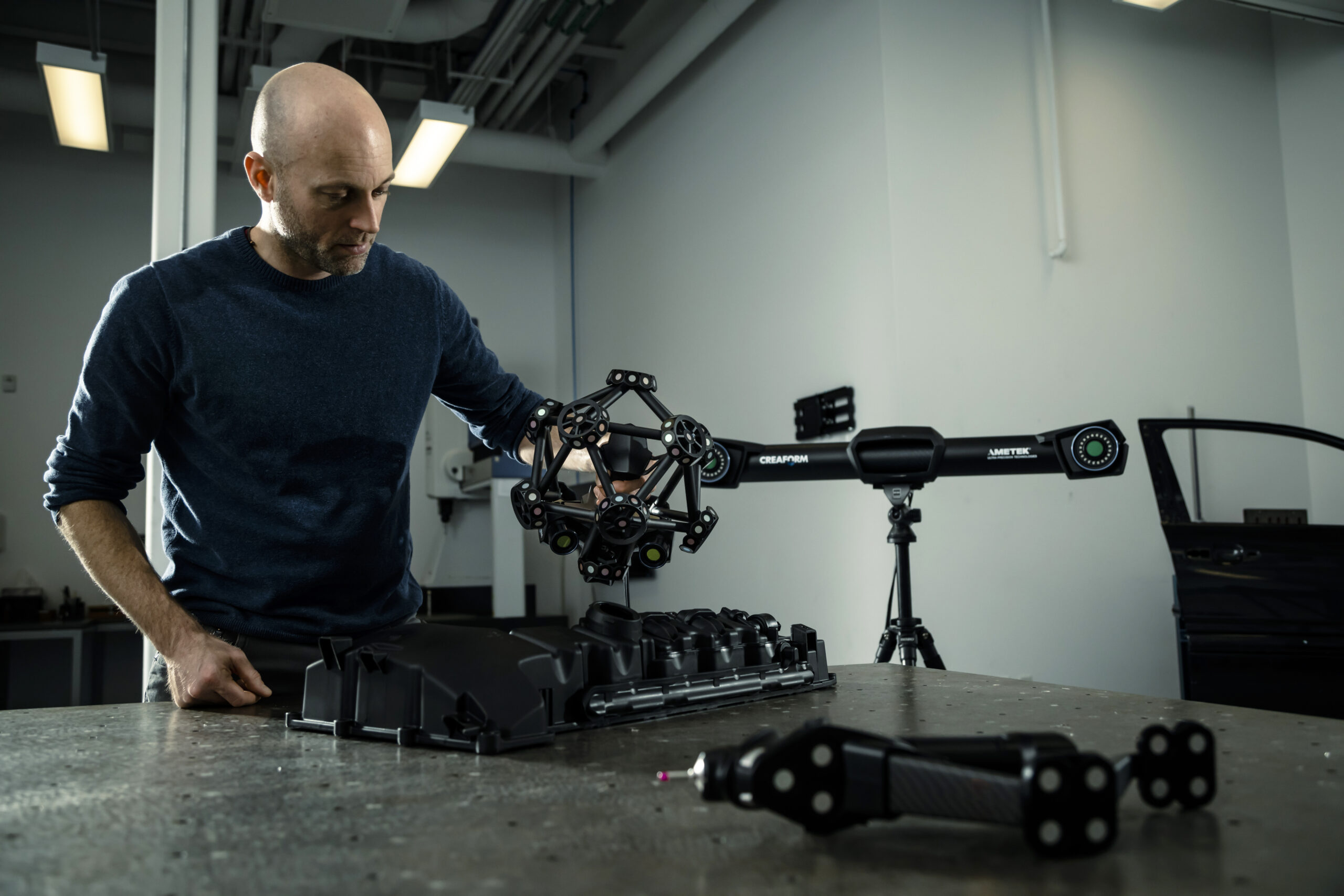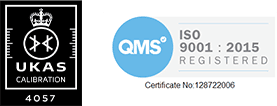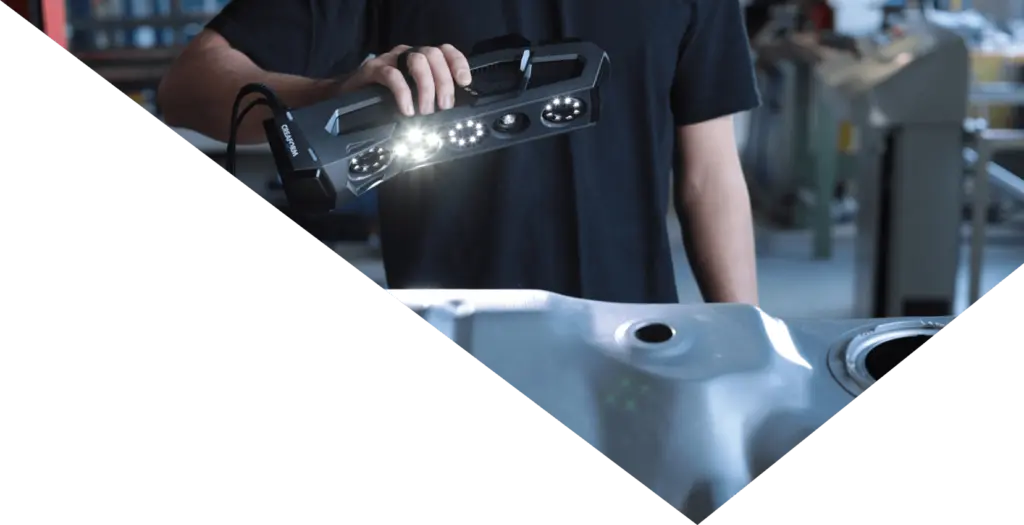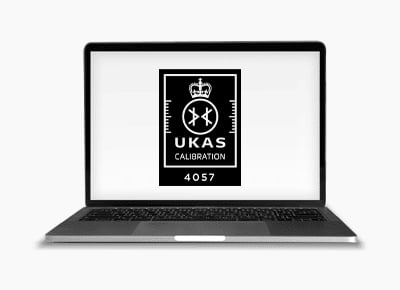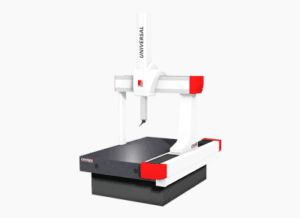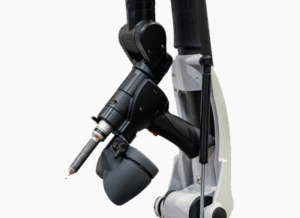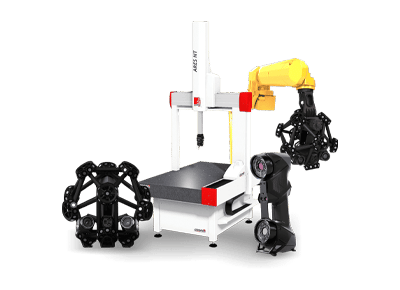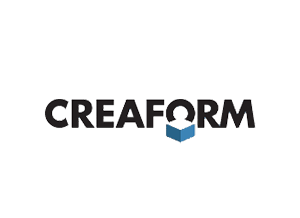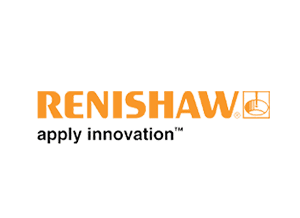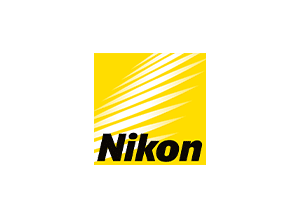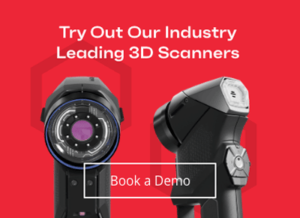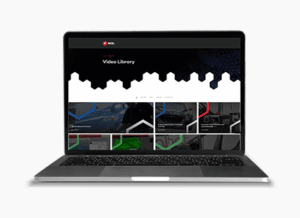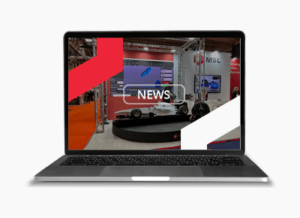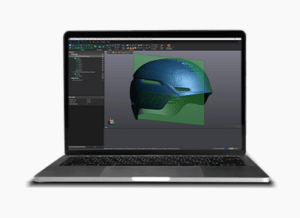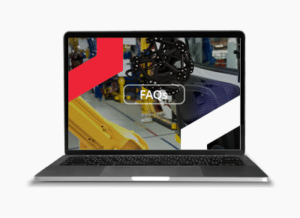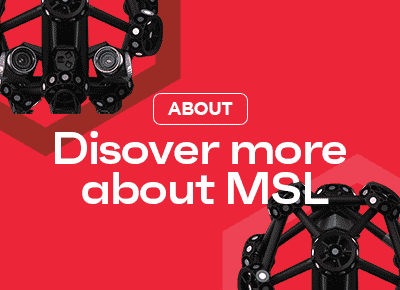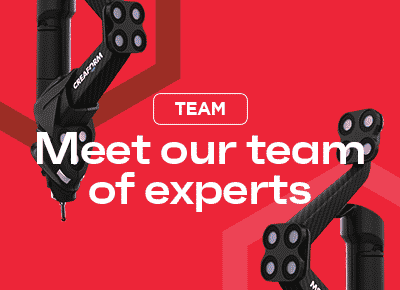3D scanning technology offers numerous benefits across various job roles within the automotive industry, from the concept design to the final tweaks and testing stages. Innovation has always been the forefront of the automotive industry, and that mentality has shifted into overdrive since the inclusion of 3D scanning and design. Advanced 3D Scanning technology has provided the following job roles a multitude of benefits.
Design Engineers
Design engineers can use 3D scanning to capture real-world objects or existing components and create accurate digital models. This allows them to design new vehicle parts that integrate seamlessly with the existing structure and optimise their designs based on the scanned data.
Prototyping Specialists
Professionals responsible for prototyping and rapid iteration can leverage 3D scanning to create physical prototypes of automotive parts quickly and accurately. The scanned data serves as a foundation for 3D printing or other rapid prototyping techniques.
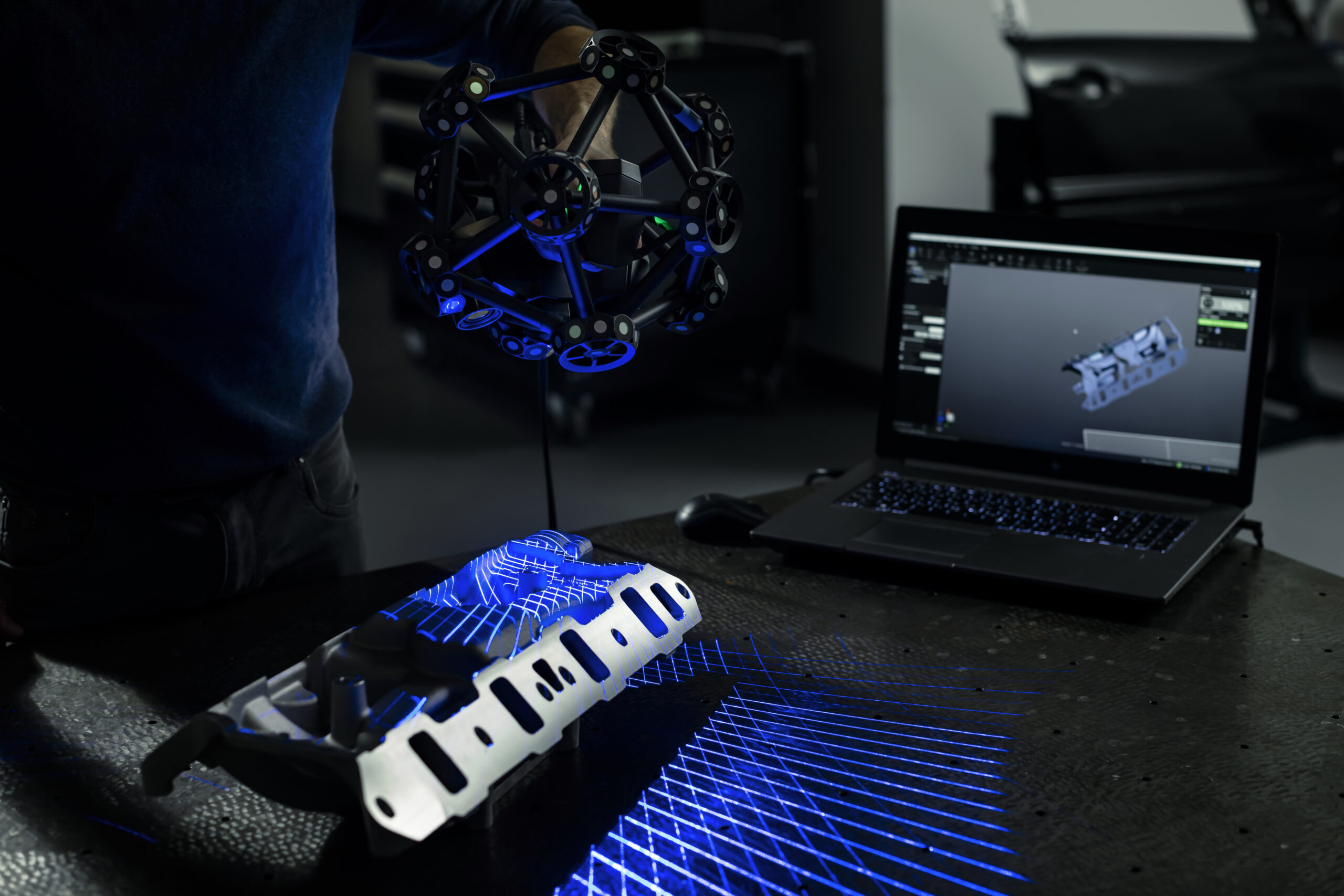
Quality Control Engineers
Quality control engineers can use 3D scanning to inspect finished automotive components and compare them to the original design specifications. Any discrepancies can be identified early in the production process, ensuring higher quality and consistency.
Manufacturing Engineers
Manufacturing engineers benefit from 3D scanning in various ways, including tooling and fixture design, verifying part dimensions during production, and optimising manufacturing processes for greater efficiency and accuracy.
Safety Engineers
3D scanning plays a crucial role in safety engineering, enabling detailed analysis of crash test data and helping to design safer vehicles by simulating and evaluating impact scenarios.
Aftermarket Parts Specialists
Professionals dealing with aftermarket modifications and customisation can use 3D scanning to capture existing components and design custom parts that precisely fit the vehicle’s original design.
Restoration Experts
For professionals involved in restoring classic or vintage cars, 3D scans of project cars are invaluable for capturing rare or discontinued parts, facilitating accurate reproduction, and preserving historical authenticity.
Sales and Marketing Teams
Sales and marketing teams can utilise 3D scanning for creating virtual showrooms, interactive online configurators, and marketing materials that showcase vehicles and their customisable features in a lifelike manner.
Supply Chain Managers
3D scanning can assist supply chain managers in optimising inventory and production processes, reducing waste, and improving overall efficiency in the manufacturing and distribution of automotive components.
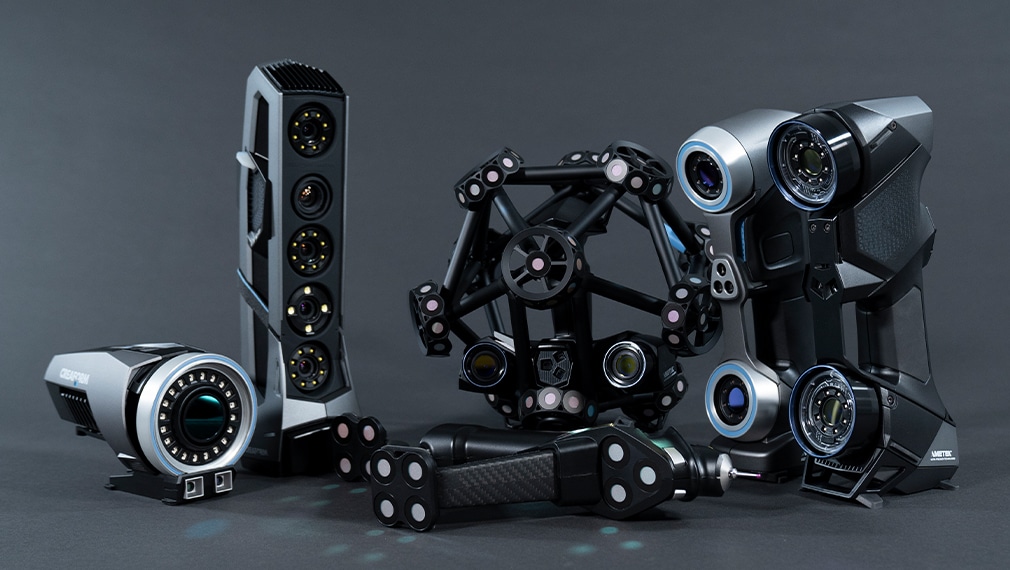
Customer Service Representatives
When dealing with warranty claims or insurance assessments, customer service representatives can use 3D scanning data to accurately assess vehicle damages and ensure smooth and fair claim processes.
Research and Development Specialists
In research and development roles, 3D scanning aids in gathering data on competitor vehicles, analysing market trends, and identifying opportunities for innovation and improvement.
Overall, 3D scanning technology offers valuable advantages to a wide range of job roles in the automotive industry, from the initial design and development stages to manufacturing, quality control, and aftermarket services. It enhances productivity, accelerates innovation, and contributes to the overall improvement of the automotive sector.
If you have found this article of interest, then we would suggest that you look through our other material here. If you would like to find out more about any of our Creaform 3D scanners, you can either contact us or book a demo.
